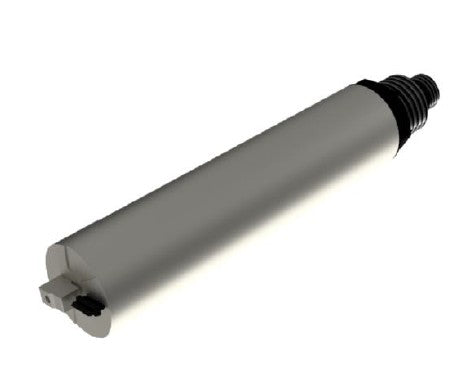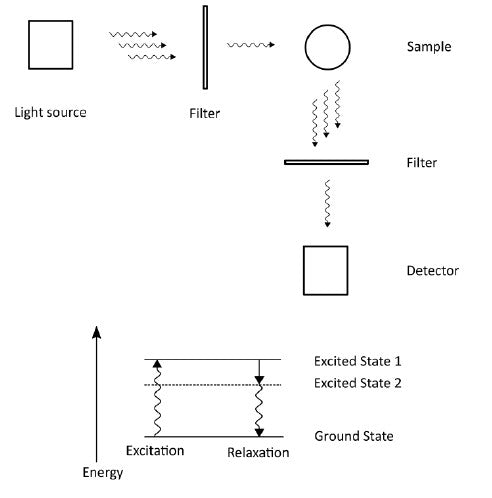ECD Analyzers
Couldn't load pickup availability
Triton EV82 Chlorophyll Sensor
Applications Field:
Determination of chlorophyll in water as a method to estimate and monitor the total concentration of algae in rivers, lakes, ponds, sea water, marine surveys, aquaculture, drinking water sources and other fields of algae and phytoplankton monitoring.
Advantages/Features:
Compact design, sturdy build:
The titanium build of the sensor is resistant to corrosion even in the harshest industrial conditions.
Low operation cost:
An automatic cleaning wiper minimizes the maintenance needed. There are no reagents or filing solutions required for operations.
Wide measuring range and low detection limit:
Detection range of 0 – 500 ppb (μg/L)
Measurement principle:
The sensor is based on the fluorescence photometric determination of chlorophyll dissolved in water.
Technical Specifications:
Measured Parameter
Chlorophyll Measuring Principle Fluorescence photometry
Measuring Range
0 – 500 ppb (μg/L) Resolution 0.01 ppb (μg/L)
Accuracy
±5% or 0.5 ppb (μg/L) Analysis Frequency ≥ 1 s
Sample
Pressure-free vessel (probe up to 3 bar)
Temperature: 0 – 50 °C (32 – 122 °F)
Flow Rate: 80 to 500 mL/min
Connection: 6mm (1/4 in.) Dimensions Ø 36mm, L 198.2 mm
Weight
Approx. 1 kg (2.2 lbs) Body Material Titanium
Operating Temperature
0 – 50 °C (32 – 122 °F) Installation Flow Cell or Immersion Pole
Protection Grade
IP68
Fluorescence Spectroscopy:
A polychromatic light source is filtered to select a
specific wavelength. Molecules in the sample absorb
the energy from the radiation and reach Excited
State 1.
A part of the energy is released as heat and the
species reach Excited State 2. The remaining energy
is then released as a photon of appropriate
wavelength and the molecule reach the Ground
State again.
Another filter selects a specific wavelength,
characteristic of the species we want to analyze and
a detector measures the intensity of this emitted
radiation. The detector is thus placed at an angle to
avoid interference with the incident light.
The amount of emitted radiation is proportional to
the concentration of our target molecule.
Share




